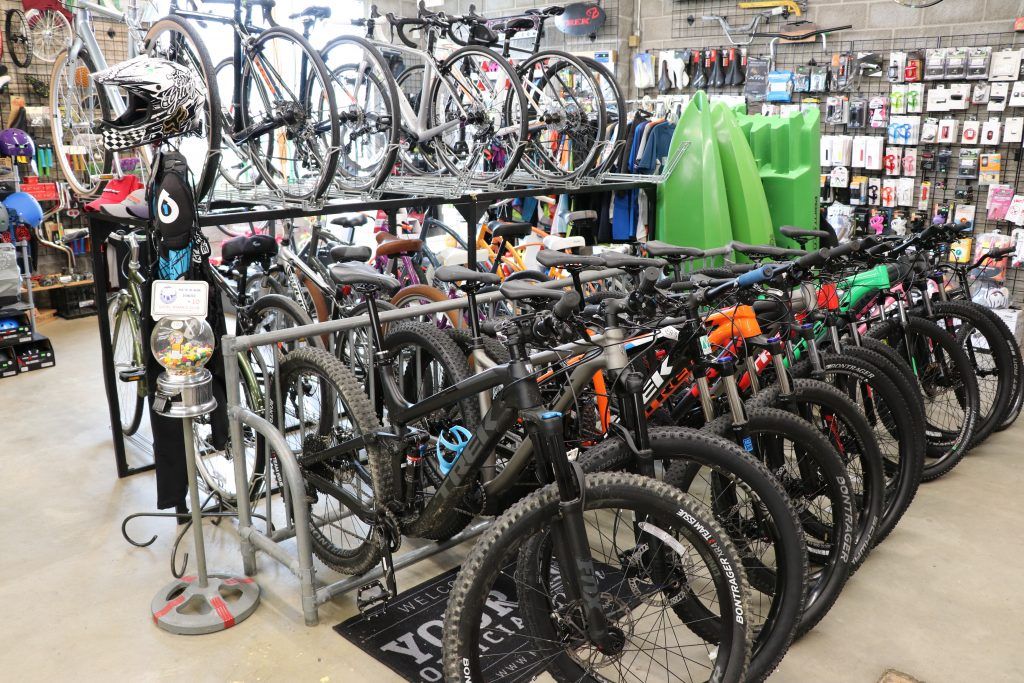Are you excited to explore the world of outdoor extreme sports and BMX biking? Whether you’re an experienced rider or just starting out, selecting the right BMX bike is essential for a great riding experience. This article will take you through the world of lightweight BMX bikes and help you choose the perfect ride that matches your style, skill level, and preferences. Let’s get started!
The Basics of BMX Bikes
Before we get into the specifics of lightweight BMX Bikes, let’s start with the basics. BMX, which stands for Bicycle Motocross, is a thrilling sport that involves racing and performing tricks on specialized bikes. These bikes are designed for durability, agility, and, in the case of lightweight models, enhanced maneuverability.
Why Lightweight Matters
When it comes to BMX bikes, weight matters. While a lightweight BMX bike offers several advantages, it’s equally important to understand the importance of maintaining your mountain bike to ensure optimal performance and longevity. Additionally, a lighter bike is less fatiguing to ride, allowing you to enjoy longer sessions at the skate park or on the track.
Frame Materials
One of the key factors that determine the weight of a BMX bike is the frame material. Common materials used for BMX bike frames include steel, aluminum, and chromoly. Each material has its advantages and drawbacks.
- Steel frames: Steel frames are known for their durability but tend to be heavier than other options. They are a good choice for beginners who are more focused on durability than weight.
- Aluminum frames: Aluminum frames are lighter than steel and provide a responsive ride. They are favored by riders who prioritize speed and agility.
- Chromoly frames: Chromoly is a type of steel alloy that strikes a balance between durability and weight. It’s a popular choice among BMX enthusiasts who want a bike that can handle tricks without being too heavy.
Bike Size and Geometry
The size and geometry of your BMX bike play a significant role in your riding experience. BMX bikes come in various sizes, including mini, junior, expert, and pro. Choosing the right size is essential for comfort and control.
Additionally, pay attention to the bike’s geometry, which includes the angle of the head tube and the length of the top tube. A steeper head tube angle provides quick steering, ideal for tricks, while a more relaxed angle offers stability, suitable for racing.
Wheel Size
BMX bikes are equipped with different wheel sizes, typically ranging from 12 to 24 inches. The choice of wheel size depends on your riding style and personal preference.
- Smaller wheels (12-16 inches) are suitable for young riders and those who prioritize agility and tricks.
- Standard BMX wheels (20 inches) are versatile and used by riders of all skill levels for various disciplines.
- Larger wheels (24 inches) offer more stability and are favored by racers.
Brakes and Gyro Systems
Brakes are an essential component of any BMX bike. While some riders prefer a traditional brake setup, others opt for gyro systems, which allow for 360-degree handlebar rotations without tangling the brake cables.
Consider your riding style and whether you plan to perform tricks that involve handlebar spins when choosing your brake system.
Budget Considerations
Your budget plays a significant role in determining the BMX bike you can afford. Lightweight BMX bikes come in a range of price points, so it’s crucial to find the right balance between quality and affordability.
Keep in mind that investing in a high-quality lightweight BMX bike can enhance your riding experience and reduce long-term maintenance costs.
Additional Features and Accessories
When choosing your perfect lightweight BMX bike, don’t forget to consider additional features and accessories. These can include pegs, hub guards, and different tire options, all of which can enhance your riding experience and cater to your specific style.
Conclusion
Choosing the perfect lightweight BMX bike is a decision that should not be taken lightly. It involves considering factors such as frame material, size, wheel size, brakes, and your budget. By selecting the right bike that aligns with your riding style and preferences, you’ll be on your way to mastering the world of BMX biking and enjoying countless thrilling adventures.
FAQs (Frequently Asked Questions)
- What is the ideal weight range for a lightweight BMX bike?
- Lightweight BMX bikes typically weigh between 20 to 25 pounds, providing a good balance between maneuverability and durability.
- Can I use a lightweight BMX bike for racing?
- Yes, many lightweight BMX bikes are suitable for racing, especially those with 20-inch wheels and a geometry optimized for speed.
- Are there any specific maintenance tips for lightweight BMX bikes?
- Regularly check and tighten all bolts, lubricate moving parts, and keep an eye on the condition of your tires and brake pads to ensure your bike stays in top shape.
- What are some reputable brands known for producing lightweight BMX bikes?
- Some well-regarded brands in the BMX industry known for their lightweight models include Sunday Bikes, Cult, and Fit Bike Co.
- Is it possible to upgrade components on a lightweight BMX bike?
- Yes, many components can be upgraded, including the handlebars, forks, and wheels, allowing you to customize your bike to your liking as you progress in your BMX journey.



